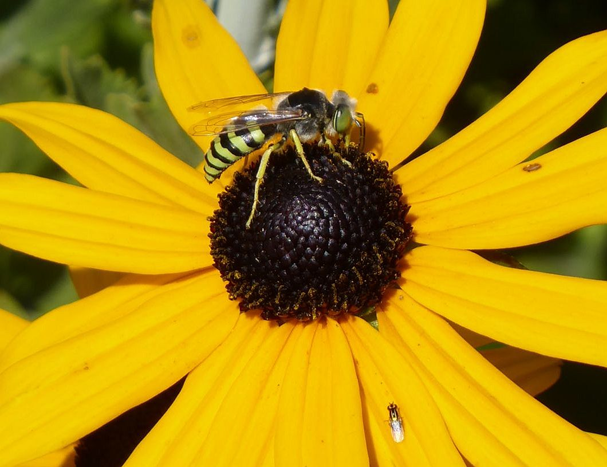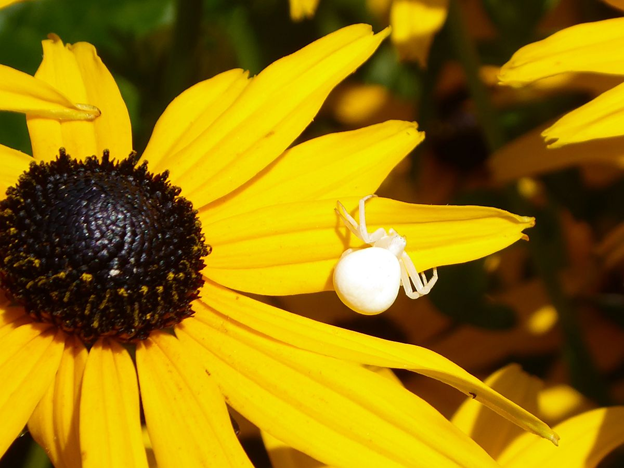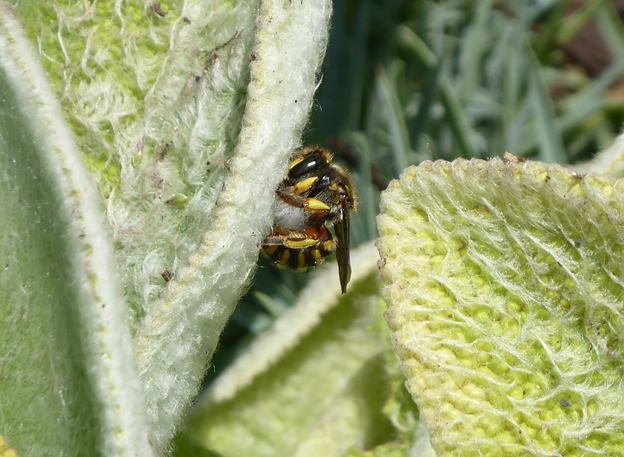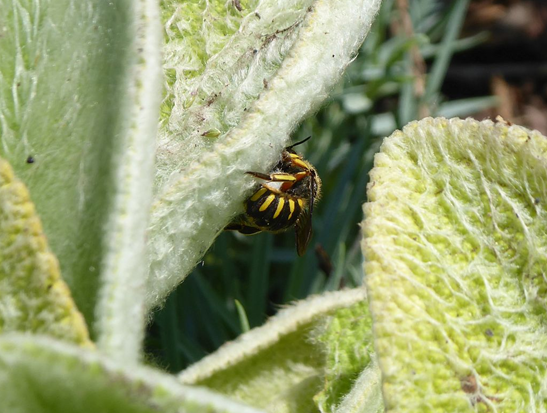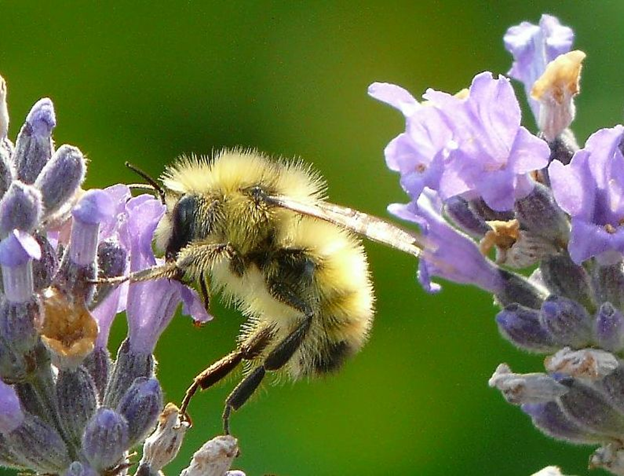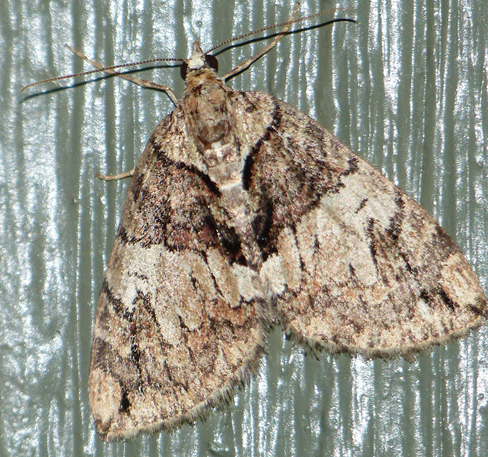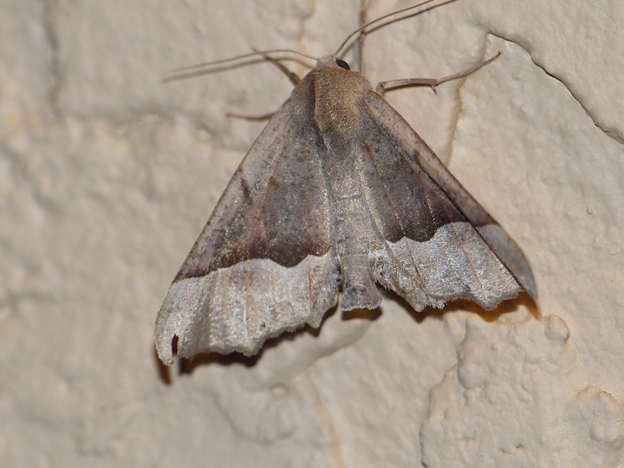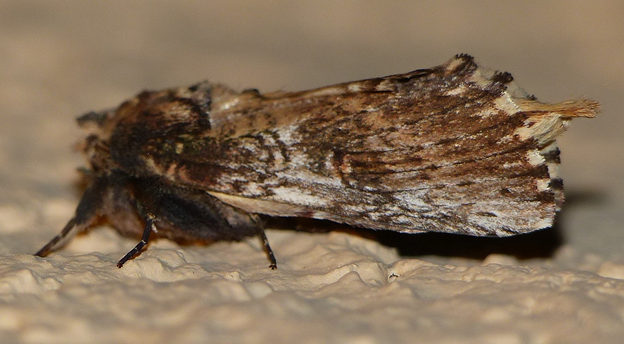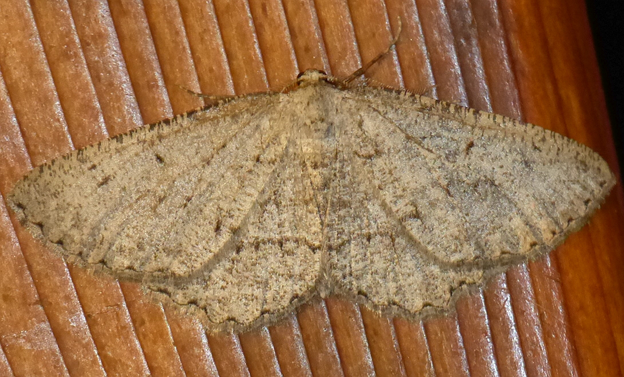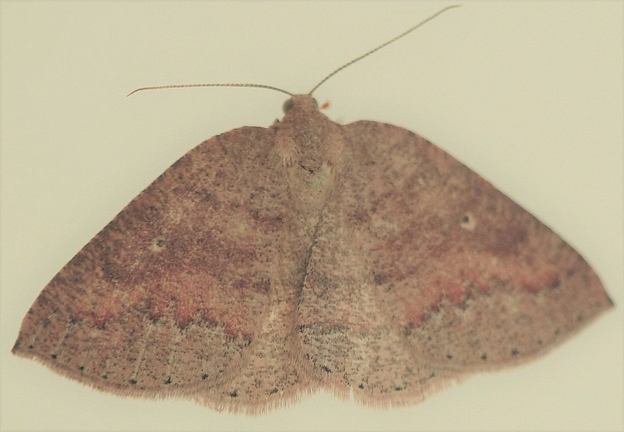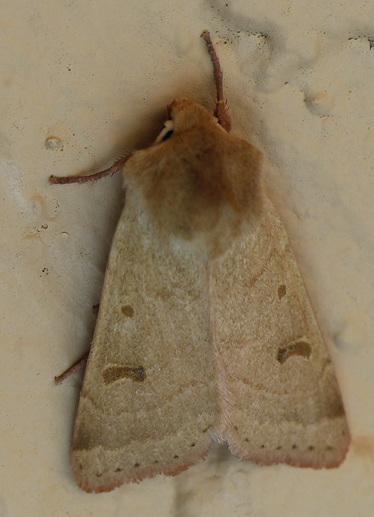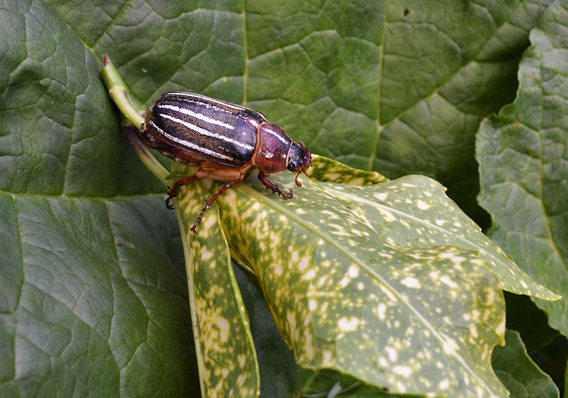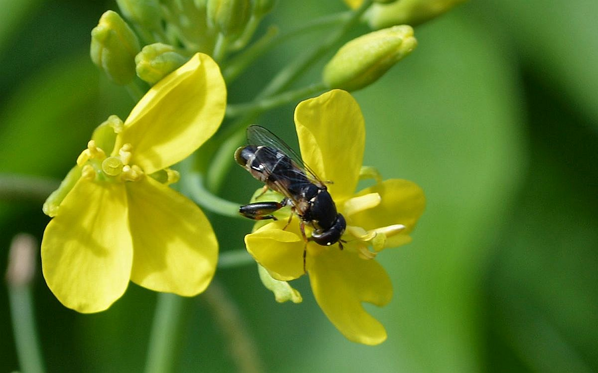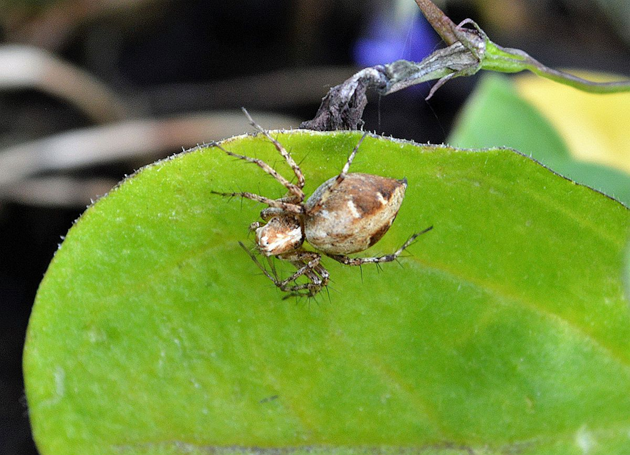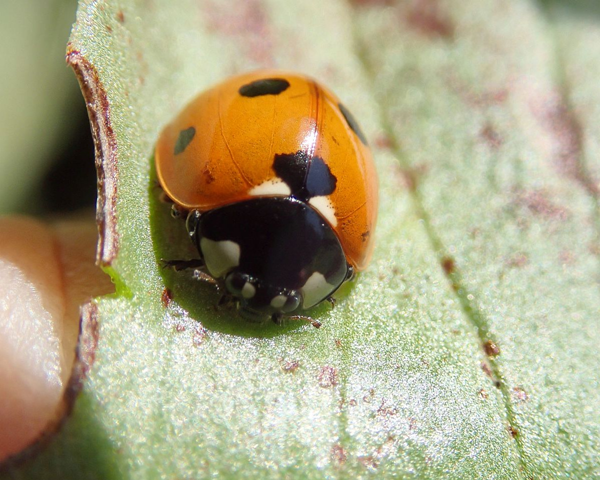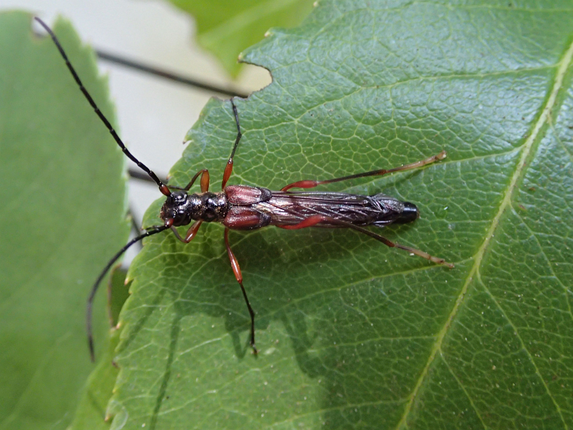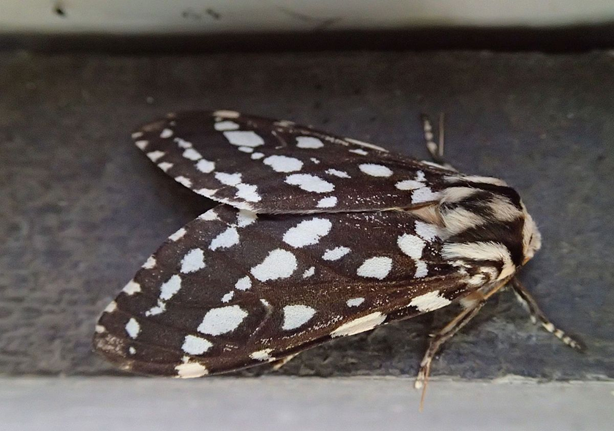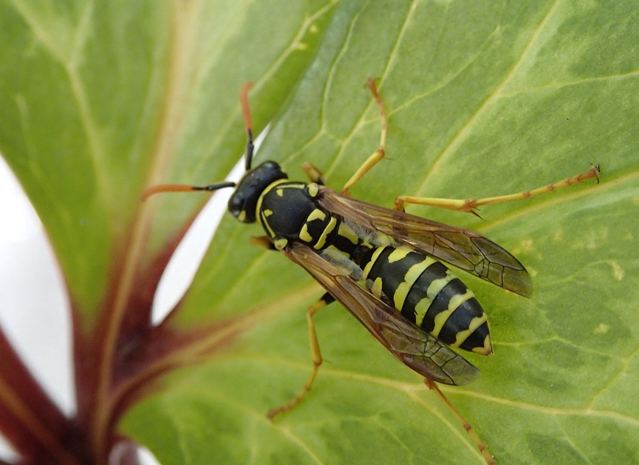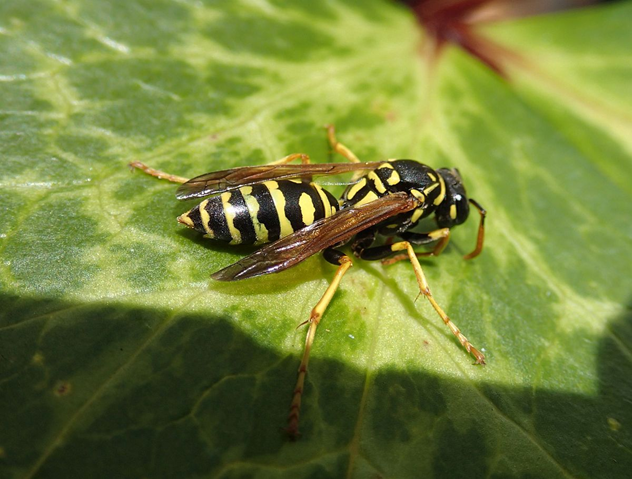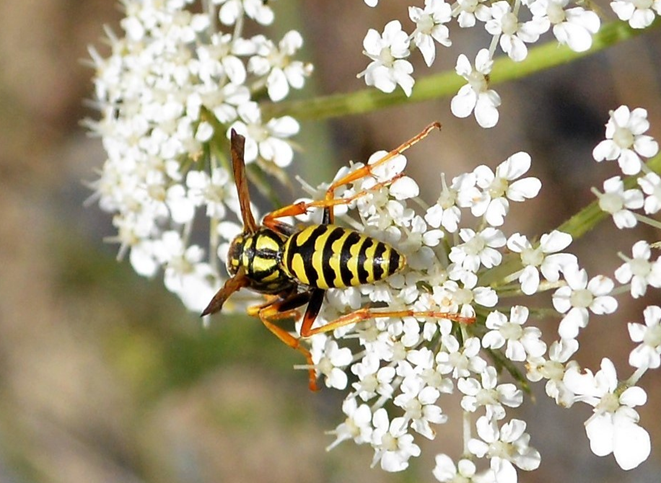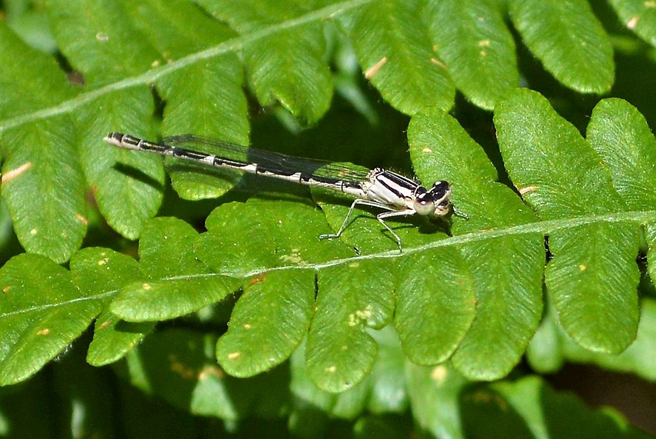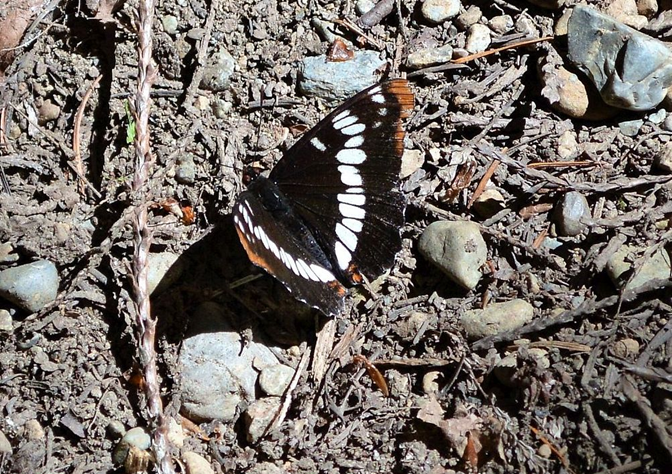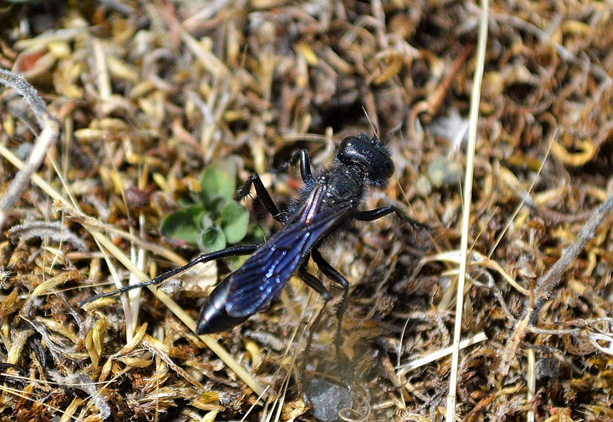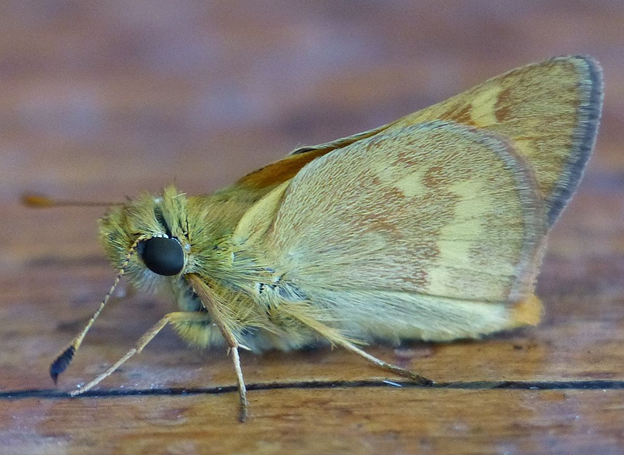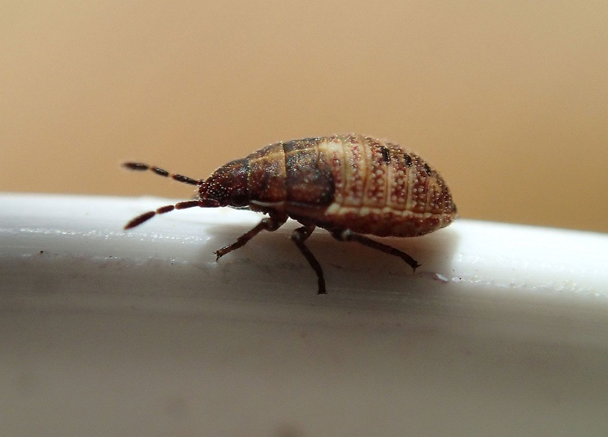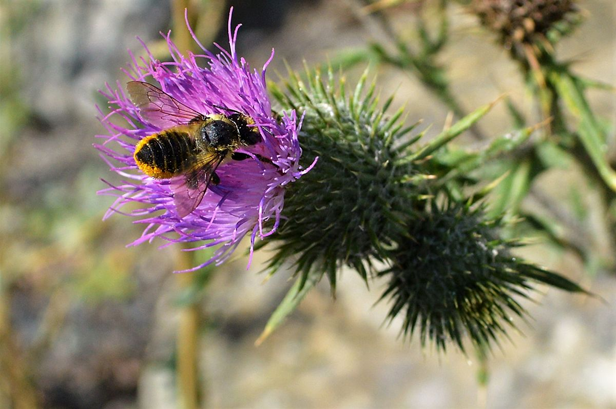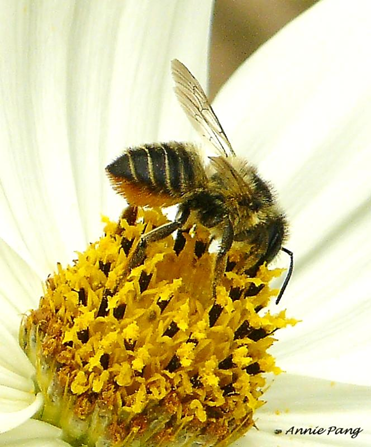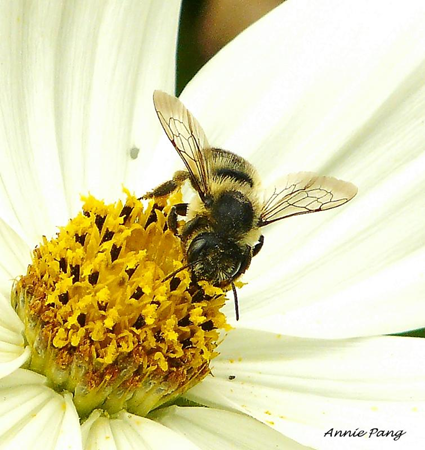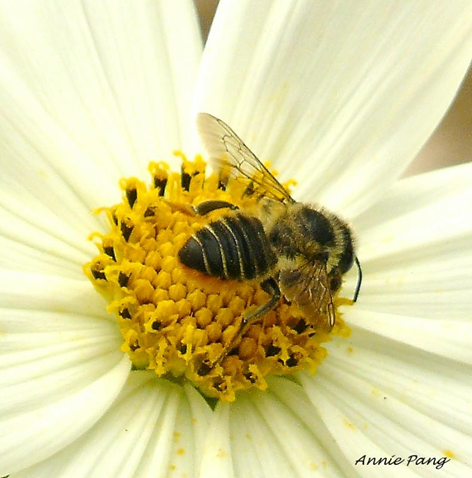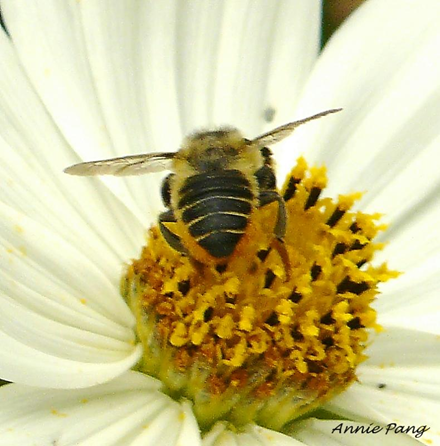2019 July 21
Ted Dobie sent me the photograph below of a caterpillar found on Gordon Head Road. He kindly allowed me to collect it for rearing.
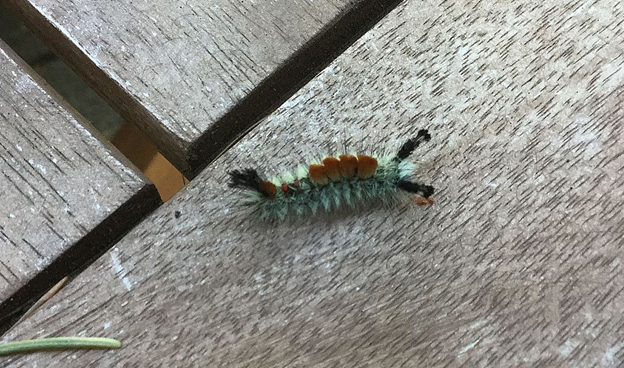
Orgyia pseudotsugata (Lep.: Erebidae – Lymantriinae) Ted Dobie
The caterpillar shown on July 8, and the chrysalis on July 11, this morning produced the Red Admiral butterfly shown below. Unfortunately I didn’t manage to get a good shot of the upperside. I released the butterlfy on a Buddleia in Finnerty Gardens, where it was joined on the same bush by one each of Lorquin’s Admiral, Painted Lady, Western Tiger Swallowtail, Cabbage White and Anna’s Hummingbird, all enjoying the copious nectar. I stood watching them for 45 minutes, wondering if I had woken up in Heaven.

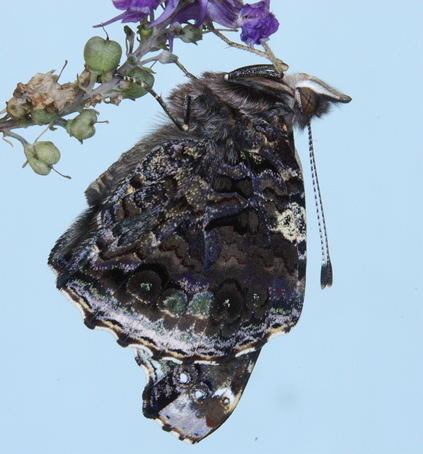
Red Admiral Vanessa atalanta (Lep.: Nymphalidae) Jeremy Tatum
Jochen Möhr’s moths in Metchosin this morning:
1 Amorbia cuneanum
1 Callizzia amorata
I Drepanulatrix secundaria
1 Eupithecia sp.
2 Homorthodes hanhami
2 Nadata gibbosa
2 Nemoria darwiniata
1 Pyrausta perrubralis
1 Schizura ipomoeae
1 probably Apamea sordens
1 Coryphista meadii
1 Dichagyris variabilis
1 Leucania or mythimna
and at least a dozen micros of different kinds.

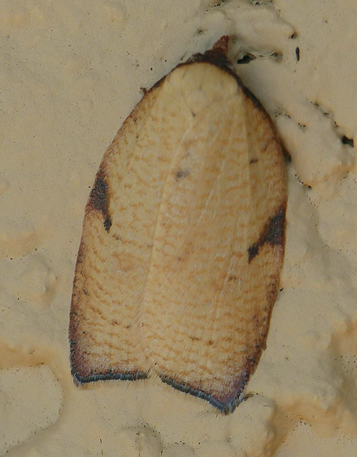
Amorbia cuneanum (Lep.: Tortricidae) Jochen Möhr

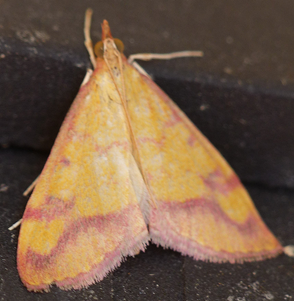
Pyrrausta perrubralis (Lep.: Crambidae) Jochen Möhr

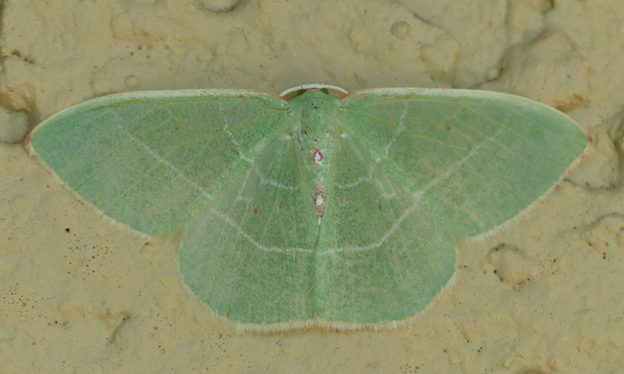
Nemoria darwiniata (Lep.: Geometridae) Jochen Möhr
Ren Ferguson sends these pictures of a bee from Salt Spring Island. Thanks to Annie Pang for confirming the identification.

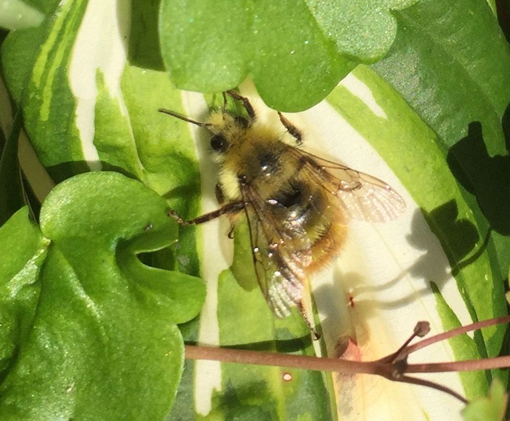
Bombus flavifrons (Hym.: Apidae) Ren Ferguson

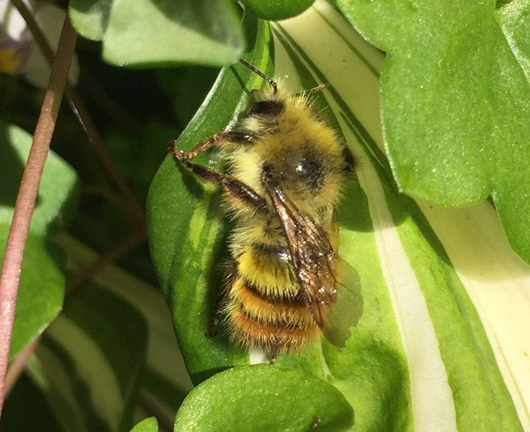
Bombus flavifrons (Hym.: Apidae) Ren Ferguson

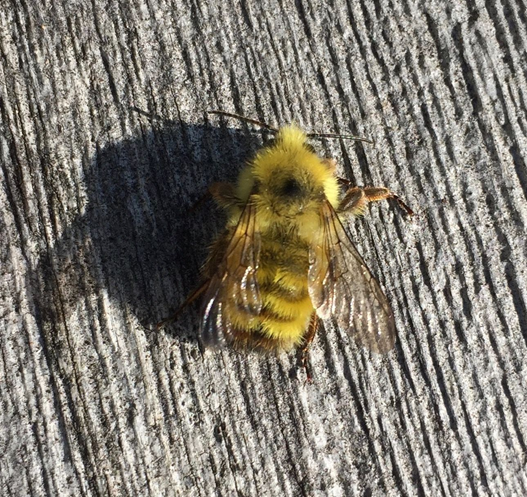
Bombus flavifrons (Hym.: Apidae) Ren Ferguson
Jeremy Tatum writes: I saw two Mylitta Crescents today (July 21) along a Hydro line across Millstream Road, as well as a very small (and as yet unidentified) sesiid moth. Also, I saw a Pine White flying over the McKenzie Interchange.
That’ll have to be all for today! More tomorrow morning.


